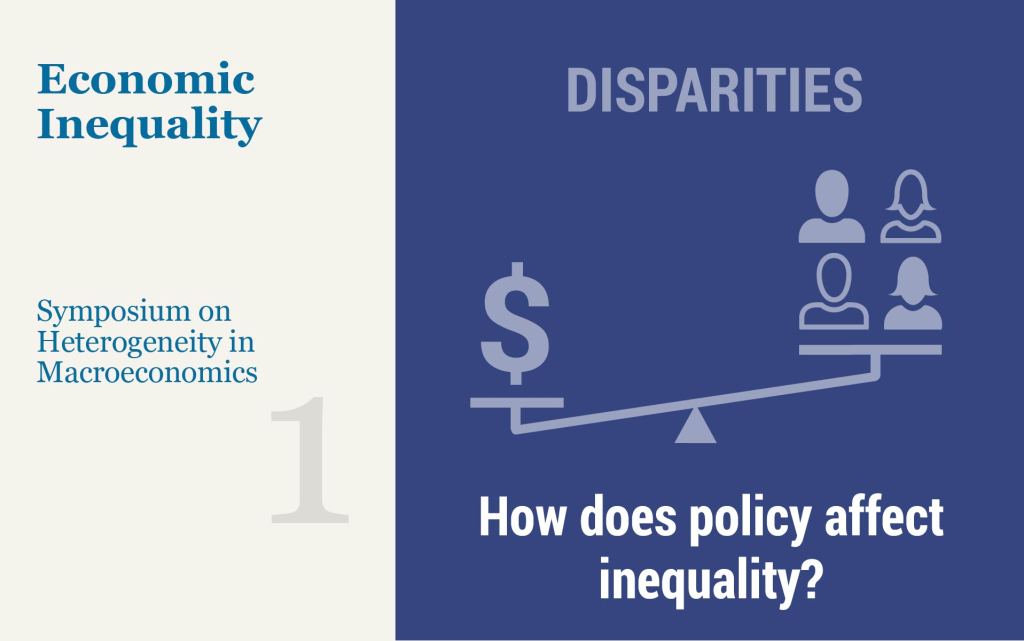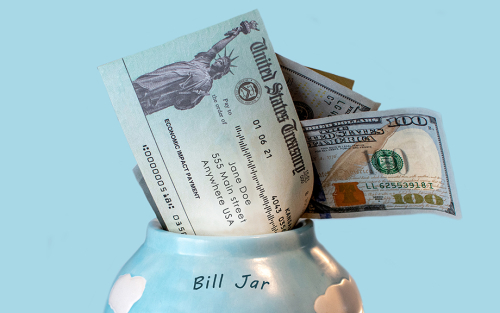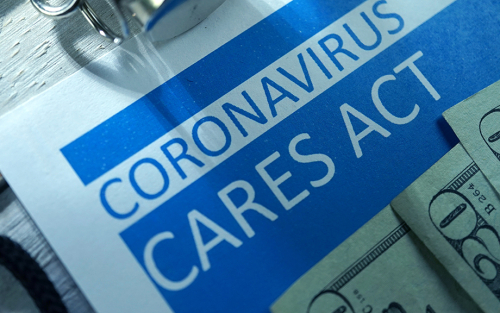Not Just “Stimulus” Checks: The Marginal Propensity to Repay Debt

Households frequently use stimulus checks to pay down existing debt. In this post, we discuss the empirical evidence on this marginal propensity to repay debt (MPRD), and we present new findings using the Survey of Consumer Expectations. We find that households with low net wealth-to-income ratios were more prone to use transfers from the CARES Act of March 2020 to pay down debt. We then show that standard models of consumption-saving behavior can be made consistent with these empirical findings if borrowers’ interest rates rise with debt. Our model suggests that fiscal policy may face a trade-off between increasing aggregate consumption today and assisting those with the largest debt balances.
The Effect of Monetary and Fiscal Policy on Inequality

How does accounting for households’ heterogeneity—and in particular inequality in income and wealth—change our approach to macroeconomics? What are the effects of monetary and fiscal policy on inequality, and what did we learn in this regard from the COVID-19 pandemic? What are the implications of inequality for the transmission of monetary policy, and its ability to stabilize the economy? These are some of the questions that were debated at a recent symposium on “Heterogeneity in Macroeconomics: Implications for Policy” organized by the new Applied Macroeconomics and Econometrics Center (AMEC) of the New York Fed on November 12.
An Update on How Households Are Using Stimulus Checks

In October, we reported on how households used their first economic impact payments, which they started to receive in mid-April 2020 as part of the CARES Act, and how they expected to use a second stimulus payment. In this post, we exploit new survey data to examine how households used the second round of stimulus checks, abd we investigate how they plan to use the third round.
“Excess Savings” Are Not Excessive

How will the U.S. economy emerge from the ongoing COVID-19 pandemic? Will it struggle to return to prior levels of employment and activity, or will it come roaring back as soon as vaccinations are widespread and Americans feel comfortable travelling and eating out? Part of the answer to these questions hinges on what will happen to the large amount of “excess savings” that U.S. households have accumulated since last March. According to most estimates, these savings are around $1.6 trillion and counting. Some economists have expressed the concern that, if a considerable fraction of these accumulated funds is spent as soon as the economy re-opens, the ensuing rush of demand might be destabilizing. This post argues that these savings are not that excessive, when considered against the backdrop of the unprecedented government interventions adopted over the past year in support of households and that they are unlikely to generate a surge in demand post-pandemic.
How Have Households Used Their Stimulus Payments and How Would They Spend the Next?

In this post, we examine how households used economic impact payments, a large component of the CARES Act signed into law on March 27 that directed stimulus payments to many Americans to help offset the economic fallout from the coronavirus pandemic. An important question in evaluating how much this part of the CARES Act stimulated the economy concerns what share of these payments households used for consumption— what economists call the marginal propensity to consume (MPC). There also is interest in learning the extent to which the payments contributed to the sharp increase in the U.S. personal saving rate during the early months of the pandemic. We find in this analysis that as of the end of June 2020, a relatively small share of stimulus payments, 29 percent, was used for consumption, with 36 percent saved and 35 percent used to pay down debt. Reported expected uses for a potential second stimulus payment suggest an even smaller MPC, with households expecting to use more of the funds to pay down their debts. We find similarly small estimated average consumption out of unemployment insurance (UI) payments, but with somewhat larger shares of these funds used to pay down debt.
A Boost in Your Paycheck: How Are U.S. Workers Using the Payroll Tax Cut?
Over the past several months, there was a flurry of debate in Washington over the extension of the payroll tax cut.










 RSS Feed
RSS Feed Follow Liberty Street Economics
Follow Liberty Street Economics